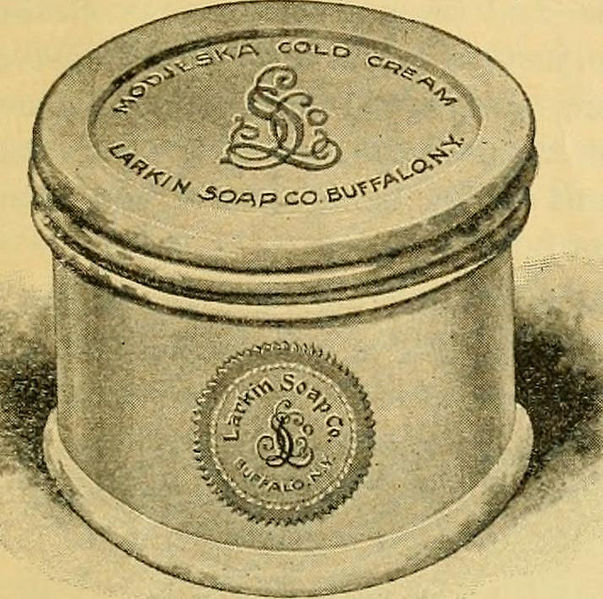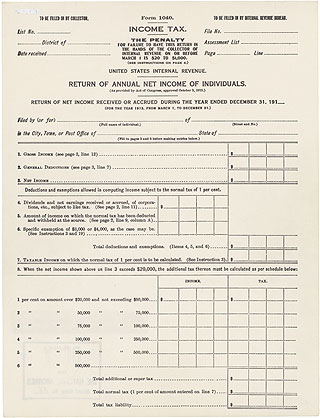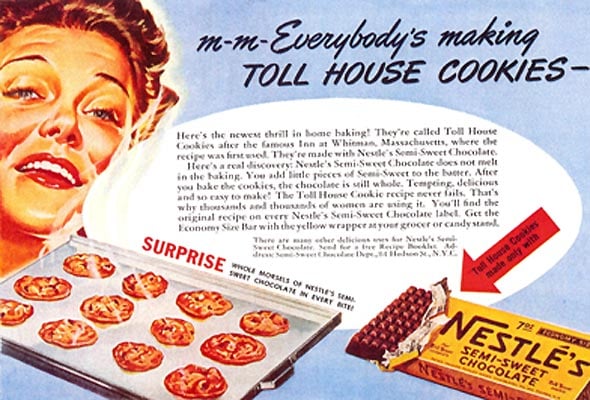I started this blog in August of 2012 and have posted 250 posts on this site. I want to thank all of you for being faithful readers, but it's time for me to start a new phase of my life.
My husband and I are on our way to Prague, Czech Republic where he will be a missionary for the Lutheran Church - Missouri Synod telling people in Europe about Jesus. We fly to Prague on May 16th. Meanwhile, we have moved out of our apartment in Milwaukee and are in the St. Louis area preparing to depart.
As a result, I won't be posting any more tidbits of history on this blog any longer. I thank you for following my posts through the years. I enjoyed doing all the research for the many topics I explored during this time.
I will continue to be posting blogs on my new site called Czech Up at www.conniecortright.com My new blog post will be giving you tidbits about my new adventures in Europe.
Thanks again for reading my blog. God be with you.
I'll repost my first blog here in case you've never read it before.
Connie
Through the Milk Door? What kind of journey is that? What is a milk door? Why give a blog such a name?
As some of you know, I’ve been learning the art of writing a novel the past several years by working on two historical romances that are “works in progress”. But in that progress, I’ve learned so many tidbits about early twentieth century life that our grandparents and great-grandparents lived through that I wanted to find a way to share these the many, many stories I’ve learned about life back then with my family and friends – thus, a blog.
Now, what’s with the milk door? My grandmother would’ve had no problem answering this question, and others like it, because she lived in the time when milk doors were an everyday item, probably as common as email “boxes” today.
Milk doors were found on houses that were built before 1940 or so. About a foot square, they were located close to the side door where the milkman would deliver glass quarts of fresh milk several times during the week. Used before the days of refrigerators, these doors allowed him to deliver milk well before the occupants were awake.
The doors opened from the outside to reveal a small area located in the walls. The empty bottles were left in the milk door with the order form for the day rolled and stuck in the neck of a bottle. The order would then be filled by the milkman (I don’t think there were any “milk ladies” back then!). There was another corresponding door inside the house that would be opened by a hungry boy or girl when it was time for breakfast.
Milk doors have disappeared from use in these days of supermarkets and convenience stores. Still, we have a milk door in our 1928 house near the back door—a quiet and quaint reminder of days gone by. Last year when we moved in, we found the outer entrance for the milk door boarded up and several old locks placed on the door inside the house. Sadly, I imagine previous owners feared that this little door could be an entryway for thieves and sealed it up–a sad commentary on the days we live in.
I’ve read that these little doors were, in fact, sometimes used as emergency entrances for the owners when they were inadvertently locked out. A little child would be hoisted up and lifted through the milk door and unlock the back door from the inside. What an adventure for that tyke! I wonder what happened when the youngest child got too large to fit through the door!? Most of us can probably remember a time when we wished there was such a hatch out of our problems!
In C.S. Lewis’s fantasy, The Lion, the Witch, and the Wardrobe, four young children travel to the magical land of Narnia by passing through the doors of a wardrobe. I’d like to invite you, dear reader, through my magical little door, a humble little milk door, to explore with me life and living in times past. Come and pass through the milk door each week with me to wander in simpler, homier times. I’d love your company!



_(14579918347).jpg/320px-The_Ladies'_home_journal_(1948)_(14579918347).jpg)




















